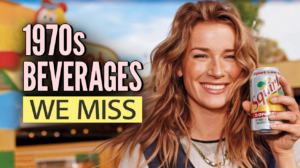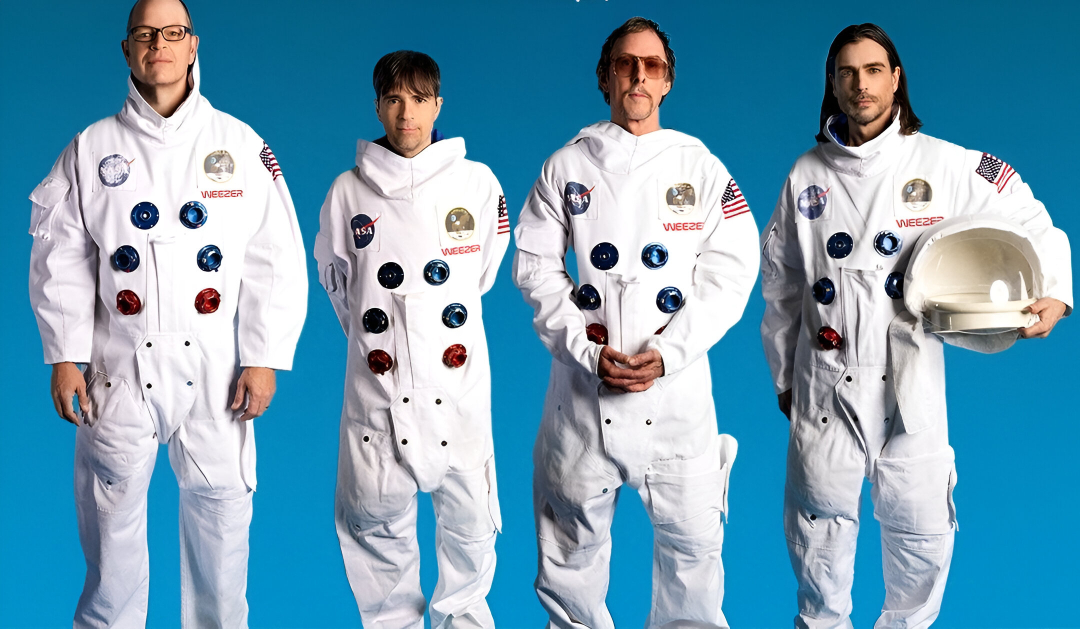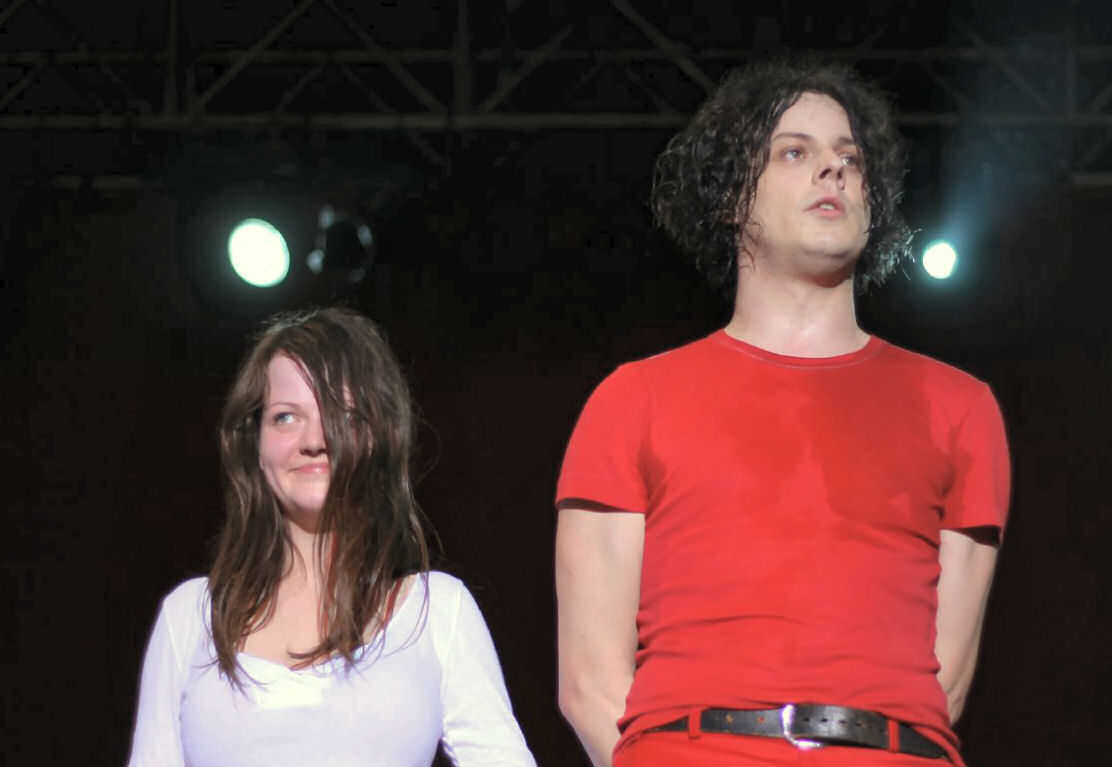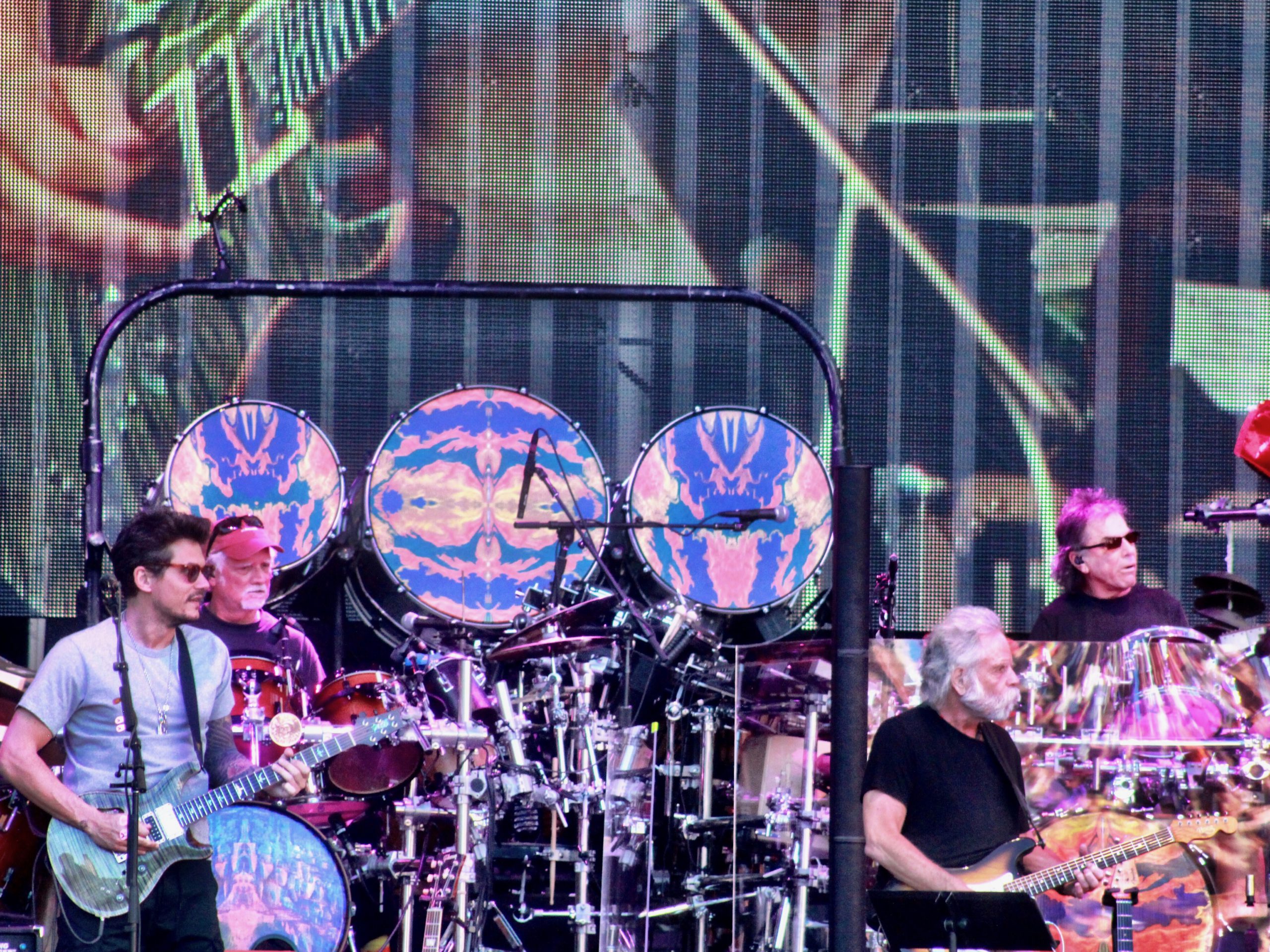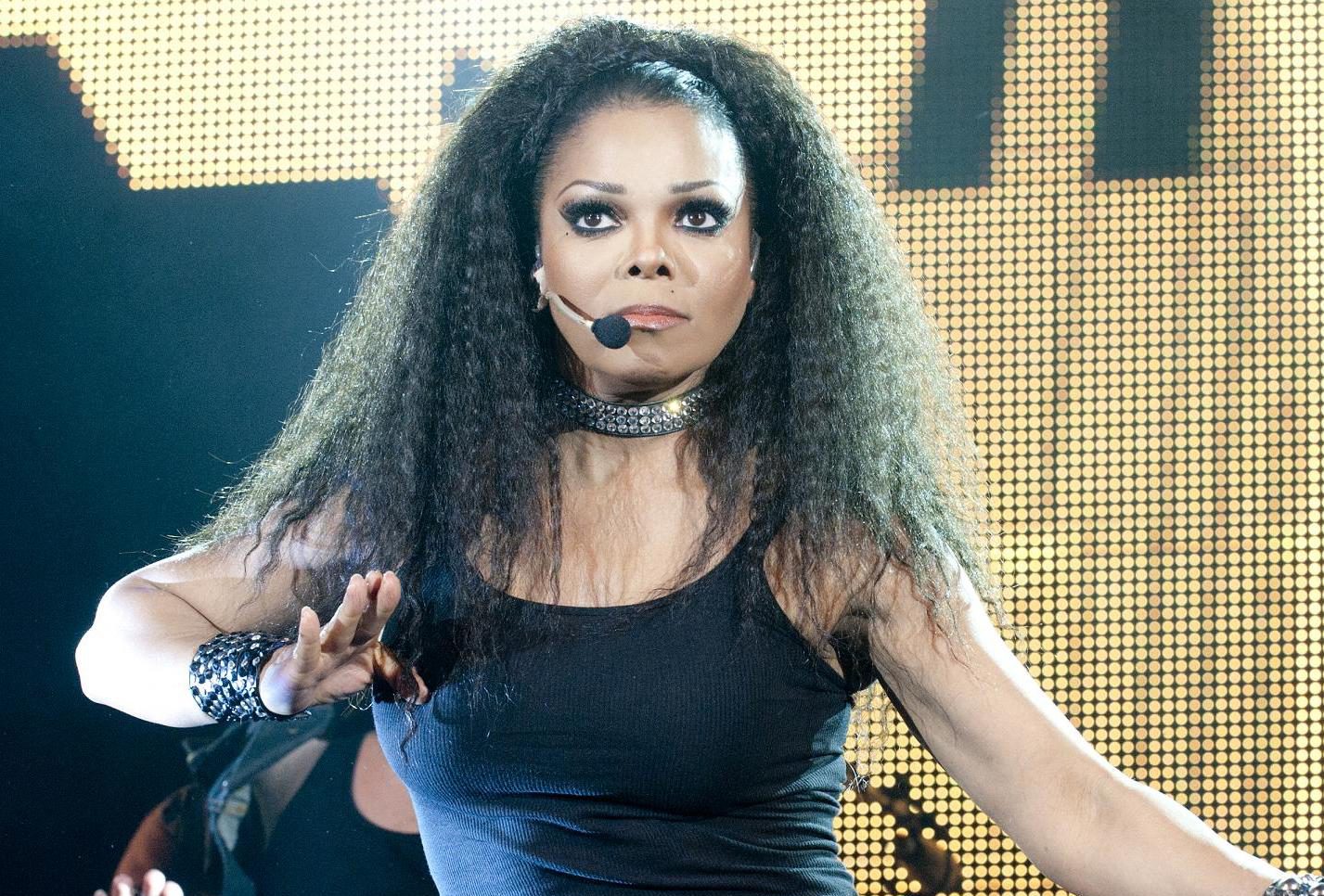
The 1960s created musical revolutionaries who changed history with a single perfect song, then vanished. These fleeting careers left behind permanent artifacts that reverberate through cultural memory with unexpected force. The music industry rarely celebrates these one-hit virtuosos, yet their contributions often outlast the full catalogs of more commercially successful acts.
These songs function as historical documents of their era, revealing more about the decade’s tensions and transformations than their brief chart presence suggests.
15. The Honeycombs – Have I the Right
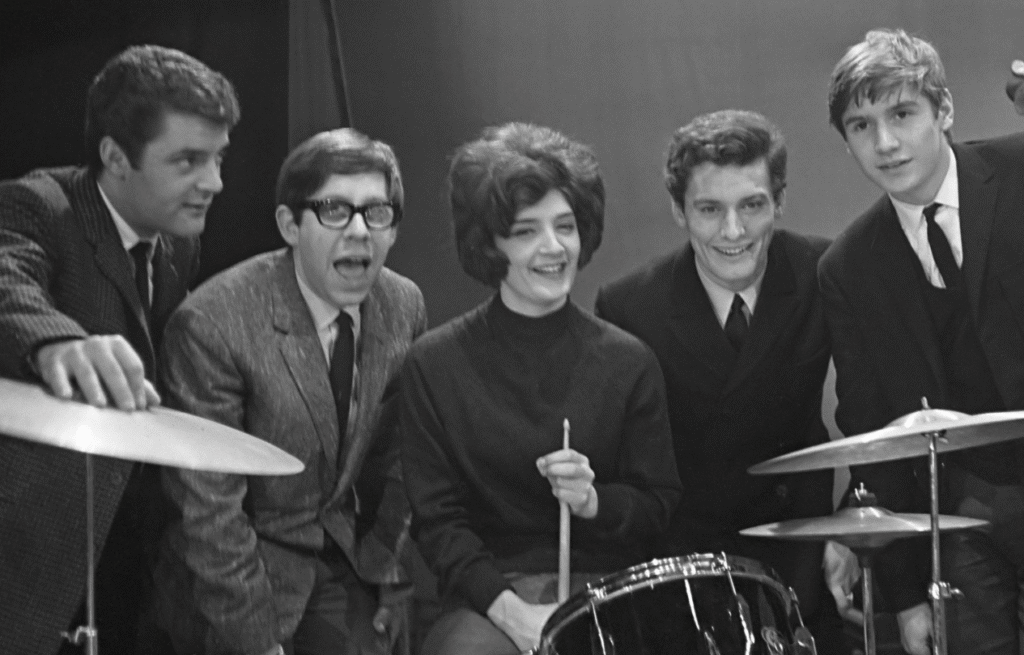
While the British Invasion dominated American charts, The Honeycombs quietly staged a smaller revolution in band dynamics. Released in 1964, this energetic track reached number five with the help of Honey Lantree, one of rock’s first prominent female drummers. Before go-go boots and miniskirts became rock’s preferred female uniform, Lantree broke barriers from behind the drum kit.
The song captures the breathless energy of young love with production from Joe Meek, an experimental genius who created sounds decades ahead of their time. The Honeycombs never matched this commercial peak, but their cultural significance extends beyond chart positions.
14. The Human Beinz – Nobody but Me
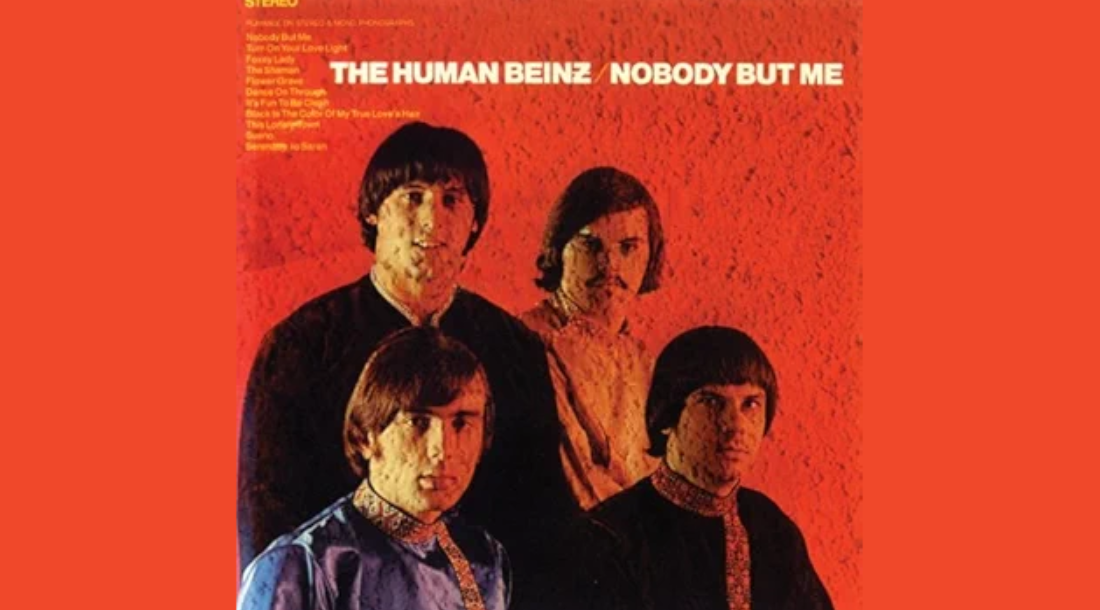
Most bands work to avoid repetition—The Human Beinz embraced it, similar to a religion. Released in 1968, this garage rock anthem repeats its title phrase over 100 times, including 31 consecutive repetitions. The band’s name got misspelled on their record, yet they still reached number eight with a cover song that hammered its message home through sheer persistence rather than lyrical variety.
The track enjoyed a second life when Quentin Tarantino featured it in “Kill Bill,” introducing it to viewers who thought The Strokes invented garage rock. Its relentless energy makes it the musical equivalent of someone who won’t take no for an answer—persistent, slightly unhinged, but ultimately persuasive.
13. The Standells – Dirty Water

Some love songs address people—this one serenaded an entire polluted ecosystem. Released in 1966, “Dirty Water” reached number eleven while singing about Boston’s Charles River and nightlife scene. The track contained elements that would later define punk: urban grit, regional pride, and unpolished delivery that prioritized attitude over technical perfection.
The ultimate plot twist? Boston adopted this somewhat unflattering portrait as their unofficial anthem. Sports teams throughout the city embraced it as a victory soundtrack, transforming a potential insult into a beloved tradition.
12. Doris Troy – Just One Look

Troy delivered a masterclass in emotional efficiency with a soul performance that said more in a glance than most singers manage in an entire album. Released in 1963, this track reached number ten on the Billboard Hot 100 and number three on R&B charts before conquering the Canadian charts.
The song’s simple premise—love at first sight—gets elevated through Troy’s delivery into something approaching a religious experience. Even soul legend James Brown reportedly admired her work. Troy later collaborated with George Harrison and sang backup for Pink Floyd, proving her talent transcended her commercial footprint.
11. The Flying Machine – Smile a Little Smile for Me
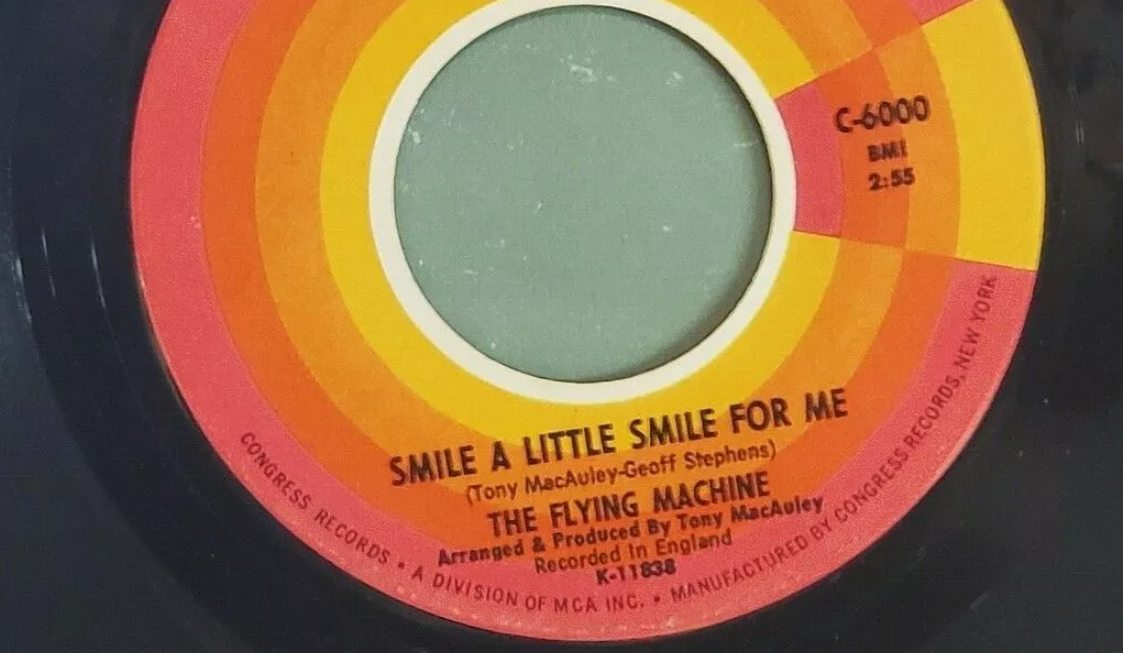
While psychedelic rockers were expanding consciousness, The Flying Machine offered comfort food for the ears. Released in 1969, this British pop nugget climbed to number five with reassuring lyrics wrapped in gentle instrumentation.
The track acts as a perfect time capsule of late-sixties AM radio optimism before the darker realities of the seventies set in. Its sunshine pop approach stands in stark contrast to the heavier sounds developing simultaneously in rock. The Flying Machine never recreated this commercial success, remaining defined by three minutes of melodic encouragement.
10. The Surfaris – Wipe Out
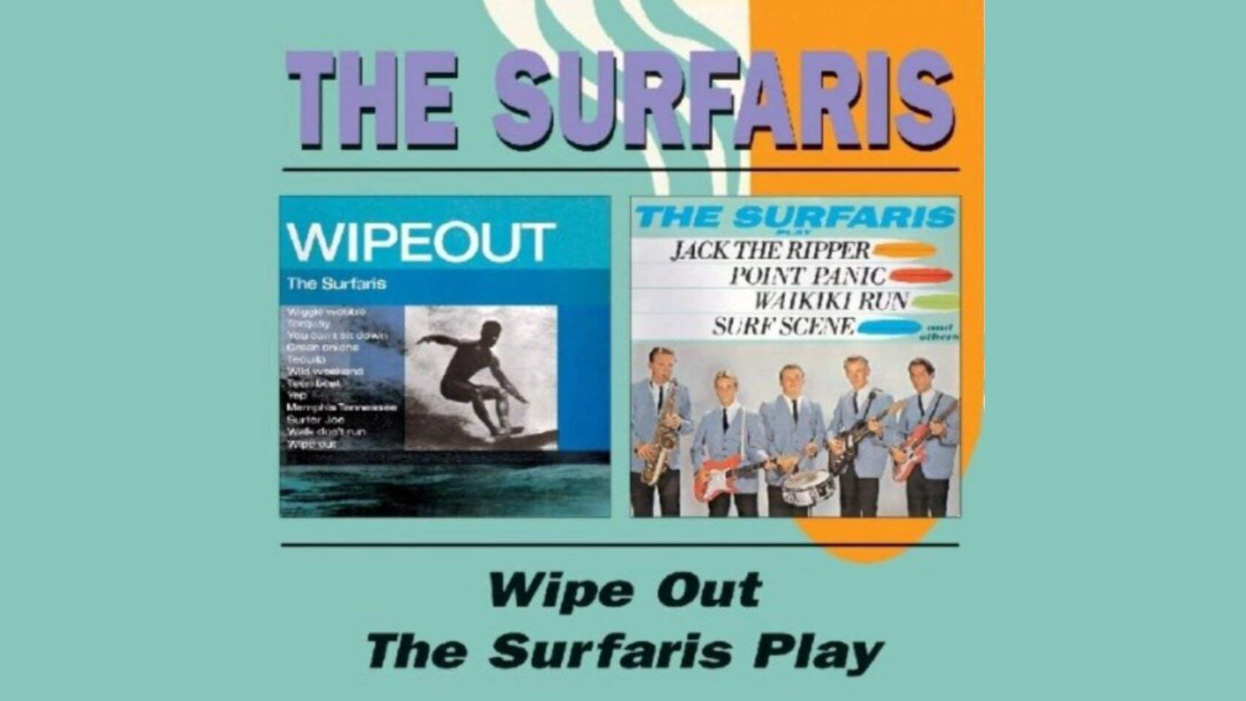
Most instrumental hits come from jazz cats or classical virtuosos, not teenage surf enthusiasts with a fascination for drum solos. Released in 1963, “Wipe Out” broke convention by reaching number two on the charts without a single lyric beyond the opening laugh and title shout. Originally tossed off as a B-side to “Surfer Joe,” it quickly flipped positions when DJs and listeners gravitated toward its manic energy.
The track’s distinctive drum pattern became the rhythmic equivalent of air guitar for aspiring percussionists everywhere. Movies from “Dirty Dancing” to “Toy Story 2” used it as instant shorthand for summer excitement. The Surfaris created a musical fingerprint so distinctive that it remains immediately identifiable nearly sixty years later.
9. The T-Bones – No Matter What Shape
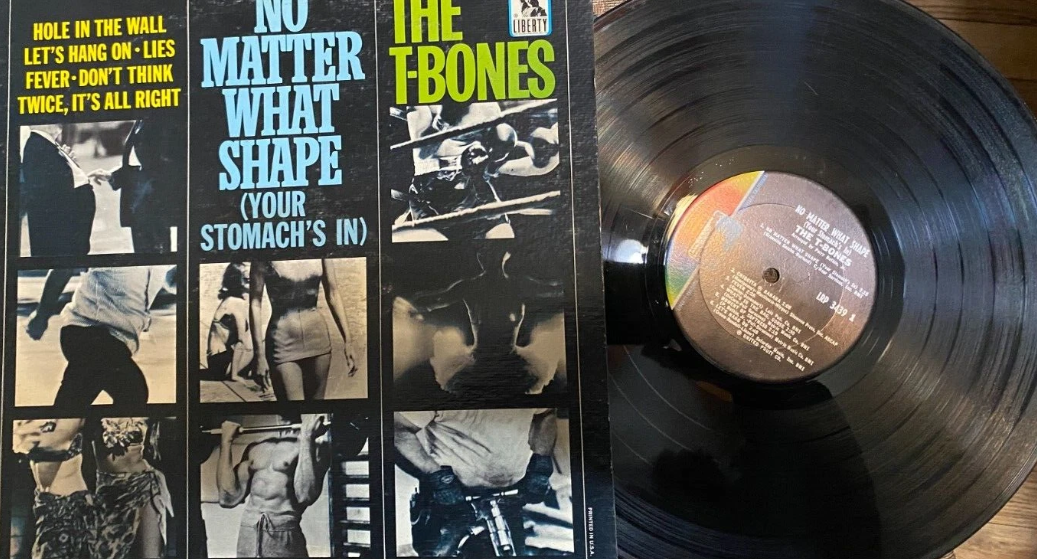
Before brands launched recording careers for animated lizards selling insurance, The T-Bones turned an Alka-Seltzer commercial jingle into chart success. Released in the mid-sixties, this instrumental novelty climbed to number three, proving advertisement earworms could succeed outside their original context.
The track delivered something remarkably rare: commercial success built upon commercial content. Its upbeat, borderline compulsive melody proved irresistible despite its promotional origins. The success proved how blurry the line between advertisement and entertainment had already become, decades before social media influencers would obliterate that boundary.
8. Norman Greenbaum – Spirit in the Sky

Greenbaum accidentally created the perfect fake gospel song while being neither particularly spiritual nor experienced in gospel traditions. Released in 1969, this track shattered assumptions about religious music by wrapping cosmic questions in fuzz guitar that buzzed comparable to an electrical substation during a thunderstorm. Written in just 15 minutes, it climbed to number three while its creator worked as a cook.
Hollywood fell hard for this track, turning it into soundtrack gold for everything from superhero swagger to space exploration. The distorted guitar tone sounds akin to what might happen if Jimmy Page tried to reach heaven through an amplifier. Greenbaum never repeated this commercial success, but he didn’t need to—this single track generated more licensing revenue than most bands see in their entire careers.
7. The Chantays – Pipeline
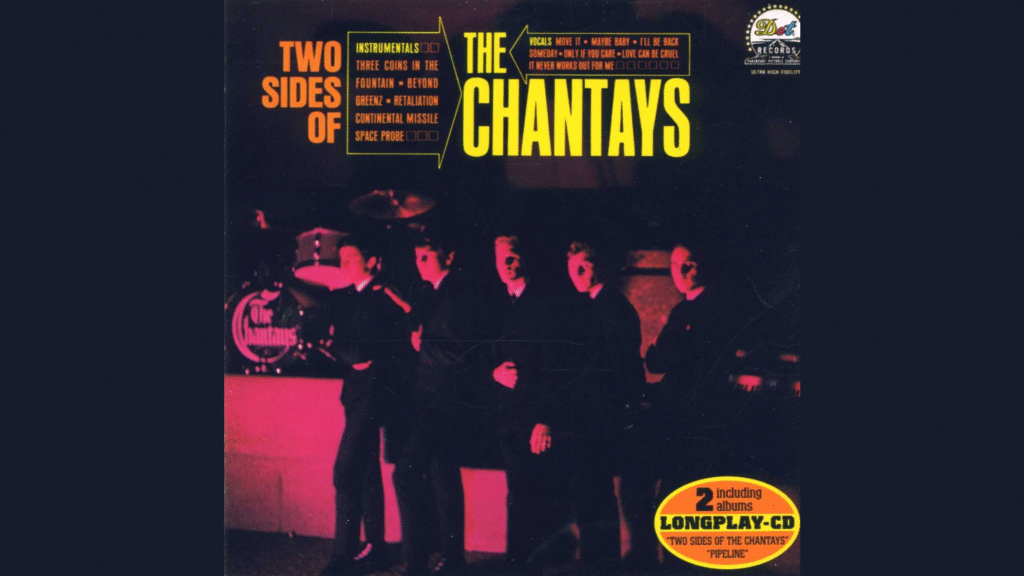
Surf rock existed in a universe where words became unnecessary baggage, and “Pipeline” stands as Exhibit A in the case for instrumental dominance. Released in 1963, this track rode a wave to number four on Billboard without a single lyric about summer love or beach parties. The Chantays crafted something that sounds exactly how catching the perfect tube feels—electric, dangerous, and impossibly cool.
The song’s reverb-drenched guitars operate similarly to a time machine, teleporting listeners to sun-bleached afternoons before smartphones and notifications existed. Its distinct sound infiltrated movies, commercials, and hockey arenas, where the Edmonton Oilers used it to hype crowds through the 80s and 90s.
6. Steam – Na Na Hey Hey Kiss Him Goodbye

Some songs aren’t written—they’re assembled from spare parts in the back room when nobody’s looking. Released in 1969, this track started life as a B-side filler created by session musicians who needed to prevent radio stations from flipping their single. Nobody expected much from a song built around a playground taunt, least of all its creators, who hadn’t even formed a proper band when it unexpectedly topped charts.
Sports culture transformed this throwaway track into immortality better than any marketing campaign could have. Its simple chorus became the universal language of athletic dismissal, bellowed by thousands when opposing players exit games in disgrace. British group Bananarama later reimagined it, and the Chicago White Sox adopted it as their victory anthem.
5. Bobby Pickett – Monster Mash

Pickett pulled off the rarest feat in pop music—creating a holiday standard that wasn’t about Christmas. Released in 1962, this novelty track topped charts with horror movie impressions and graveyard sound effects during an era when most radio hits featured earnest love declarations. Pickett, an aspiring actor, channeled his Boris Karloff impression into three minutes of spooky playfulness that carved out permanent October real estate.
The song performs an annual resurrection more reliable than any seasonal retail display. Halloween parties consider it mandatory background music, while children who’ve never seen the classic monster movies it references still recognize its ghoulish charm. Pickett created additional seasonal tracks, but none matched the original’s cultural footprint.
4. The Contours – Do You Love Me

Berry Gordy practically handed The Contours a cultural passport when he gave them this track after The Temptations passed on it. Released in 1962, “Do You Love Me” climbed to number three with raw energy that made most radio hits sound as though they were taking a nap.
The song pulled off music’s rarest trick—the comeback—when “Dirty Dancing” resurrected it in 1988 for an entirely new generation. Where countless Motown classics gather dust, this track keeps finding new dance floors to dominate. Its breathless energy captures something eternally youthful, as though hormones and hope were pressed directly into vinyl.
3. Bruce Channel – Hey Baby

Before TikTok turned randoms into overnight sensations, Bruce Channel rode a harmonica riff straight into the cultural memory bank. Released in 1961, “Hey Baby” topped charts in 1962 with a simple formula that hit harder than a caffeine shot at 2 AM. The track’s infectious harmonica line didn’t just sell records—it rewired rock history when John Lennon absorbed those notes into his musical DNA.
Channel never struck gold twice, but his fingerprints smudged across decades of music. The song stormed back in 1987 when “Dirty Dancing” introduced it to mall rats who weren’t even alive during its initial reign. Sports arenas adopted it as shorthand for celebration, and Team Canada claimed it as their hockey anthem in 2018.
2. The Archies – Sugar, Sugar

The music industry’s gatekeepers nearly choked on their coffee when a cartoon band created for Saturday morning television dominated charts worldwide. Released in 1969, this bubblegum confection spent four weeks atop Billboard and eight weeks at number one in the UK.
The track achieved world domination the same summer Woodstock defined counterculture, proving mainstream pop’s resilience against rock’s revolutionary ambitions. It became the best-selling single of 1969, outselling both The Beatles and The Rolling Stones. Its success formula—simple lyrics, infectious melody, and zero artistic pretension—continues working decades later.
1. Iron Butterfly – In-A-Gadda-Da-Vida

Before attention spans shrank to TikTok dimensions, Iron Butterfly dropped a 17-minute psychedelic odyssey that laughed in the face of radio’s three-minute rule. Released in 1968, this track stretched rock’s canvas to mural size, complete with a drum solo that lasted longer than some entire pop songs.
The song achieved multi-platinum status despite (or perhaps because of) its refusal to play by commercial rules. Even when trimmed for radio, it maintained enough weirdness to stand apart from the crowd. Its distinctive organ and guitar lines earned immortality through television appearances and endless sampling.





